Travel Chessboard
In high school, for my Design and Technology AS Level coursework project, I ideated, designed and built a travel chessboard out of wood, metal, clay and magnets.

To choose my user, I interviewed five different people from age groups ranging from pre-teen to adult. In the end, I chose my brother, Advay, who had been struggling with playing chess on the school bus.
He needed an efficient way to story chess pieces when they were not on the chessboard.
Some features of my design were-
- The user can store their pieces in two different places
- Smoother gampeplay because the design relies on magnets on the base of the board
- The board folds in half so it fits easily in a school bag
I built three different prototypes to validate my ideas.

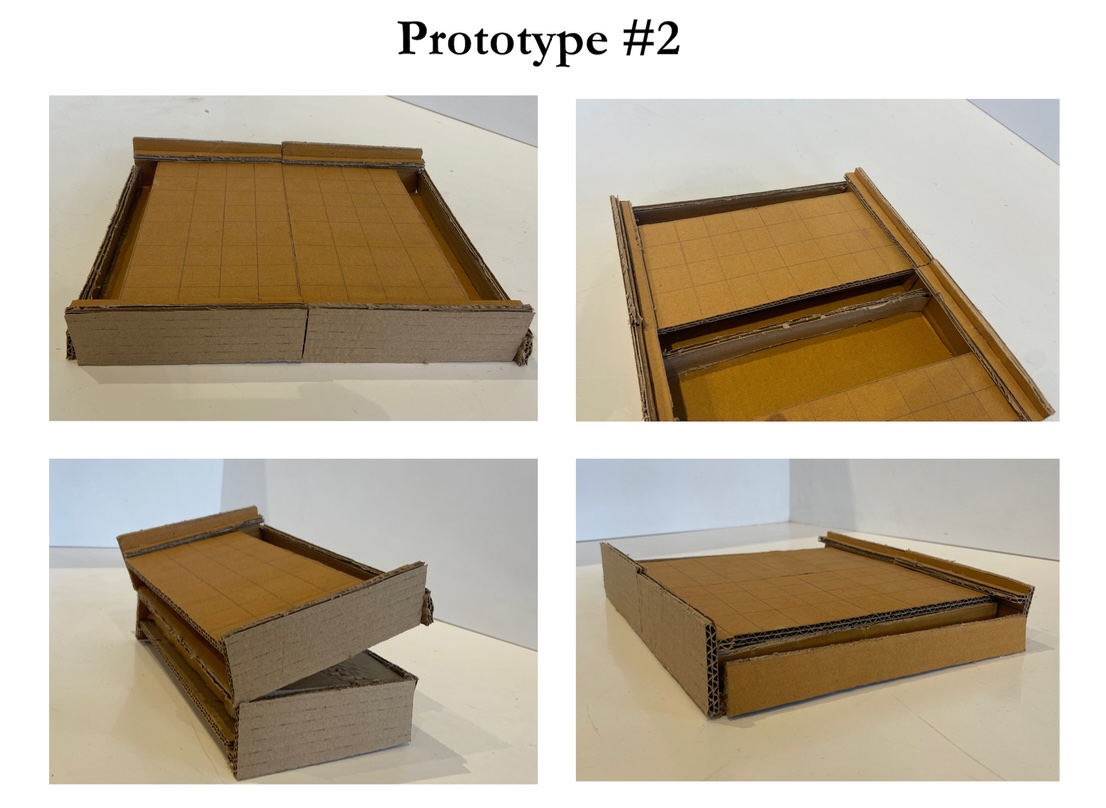

I modified many components through the prototyping process, including the storage system and the size, to take into account user needs and feedback. Then, I created CAD sketches of the design, a production plan, and estimated the amount of time it would take to build the final product.
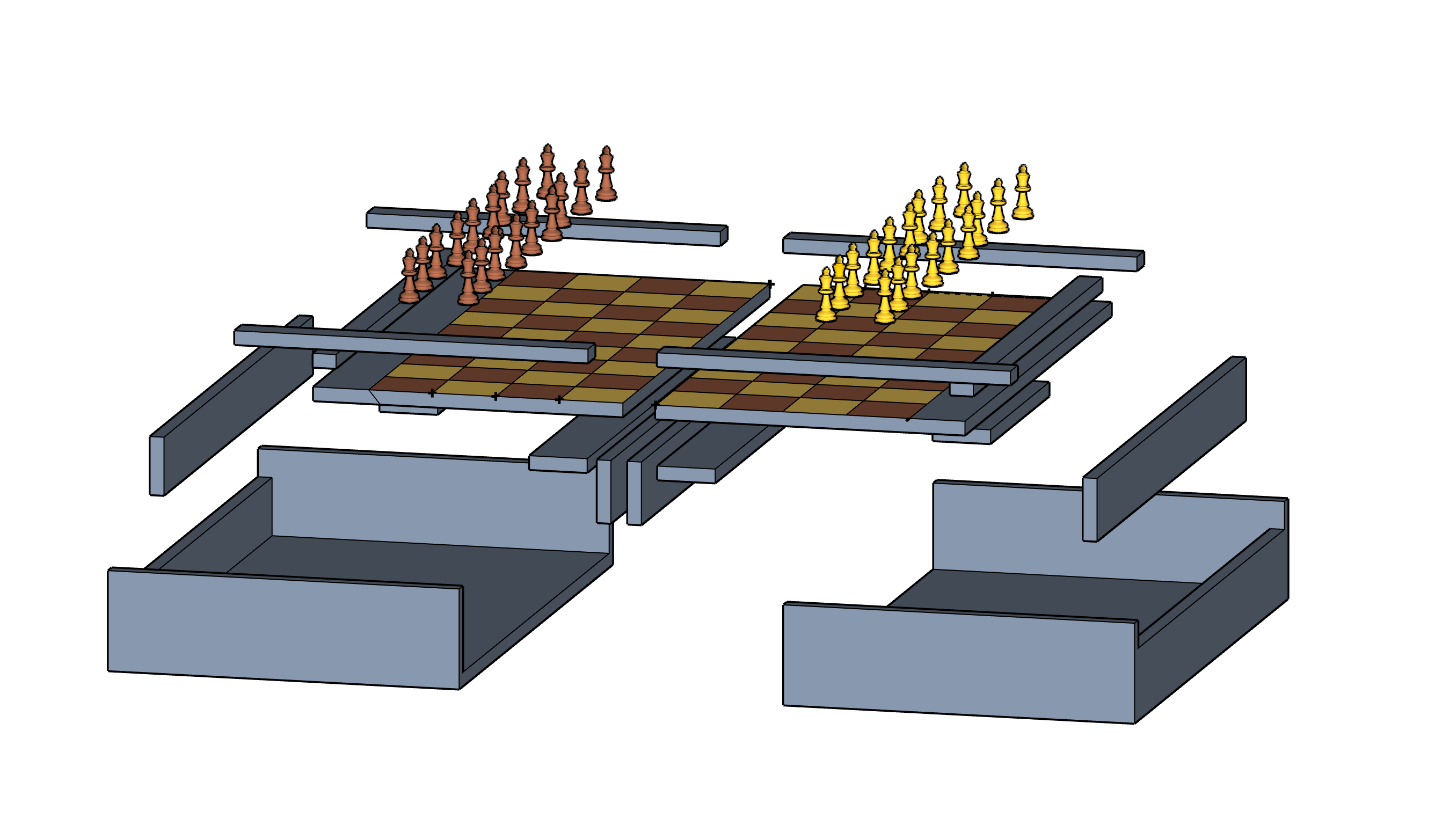

The general manufacturing process I followed was:
Cutting the pieces
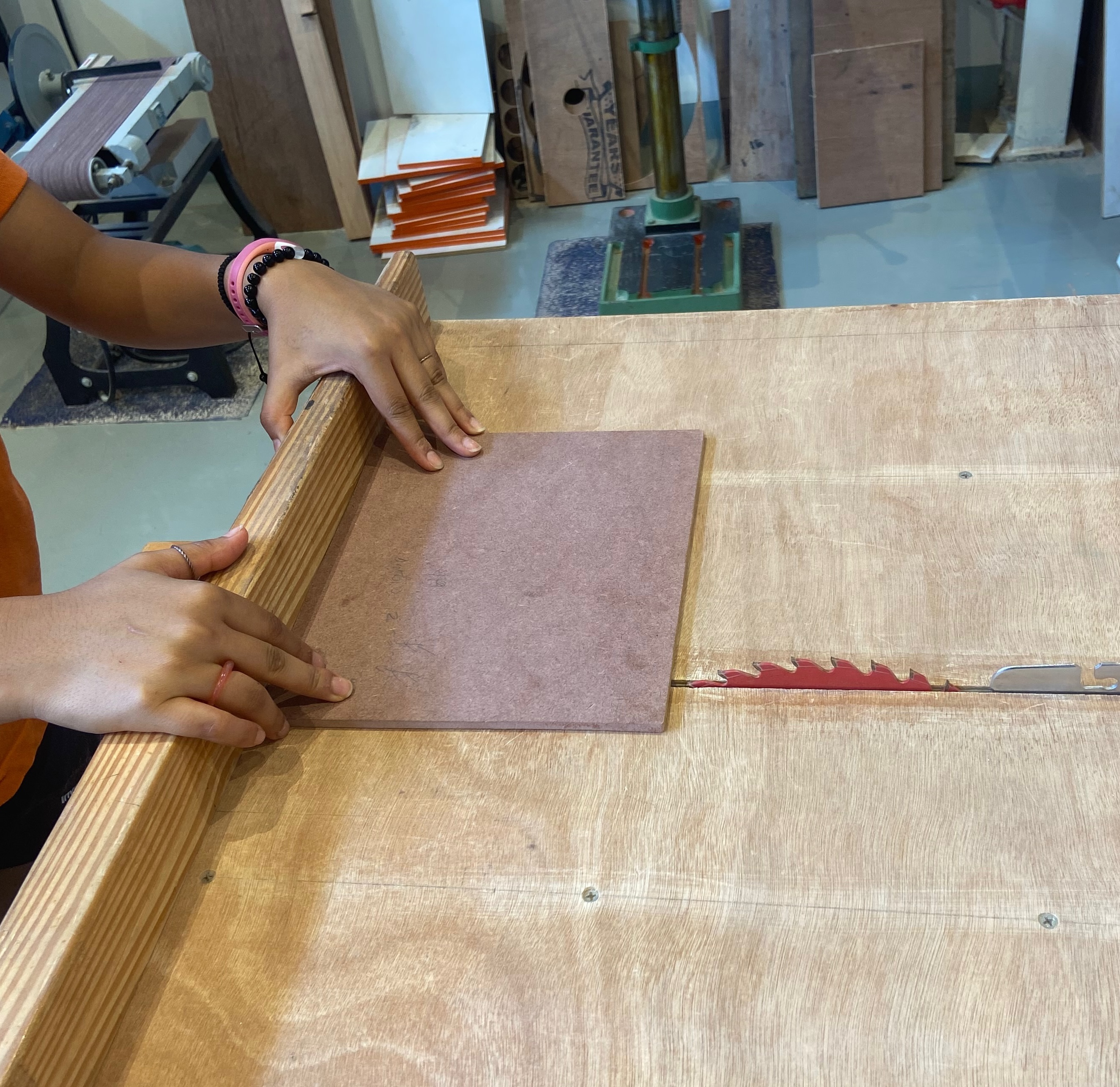
Making permanent joinery
- Like dovetail joints at the corners
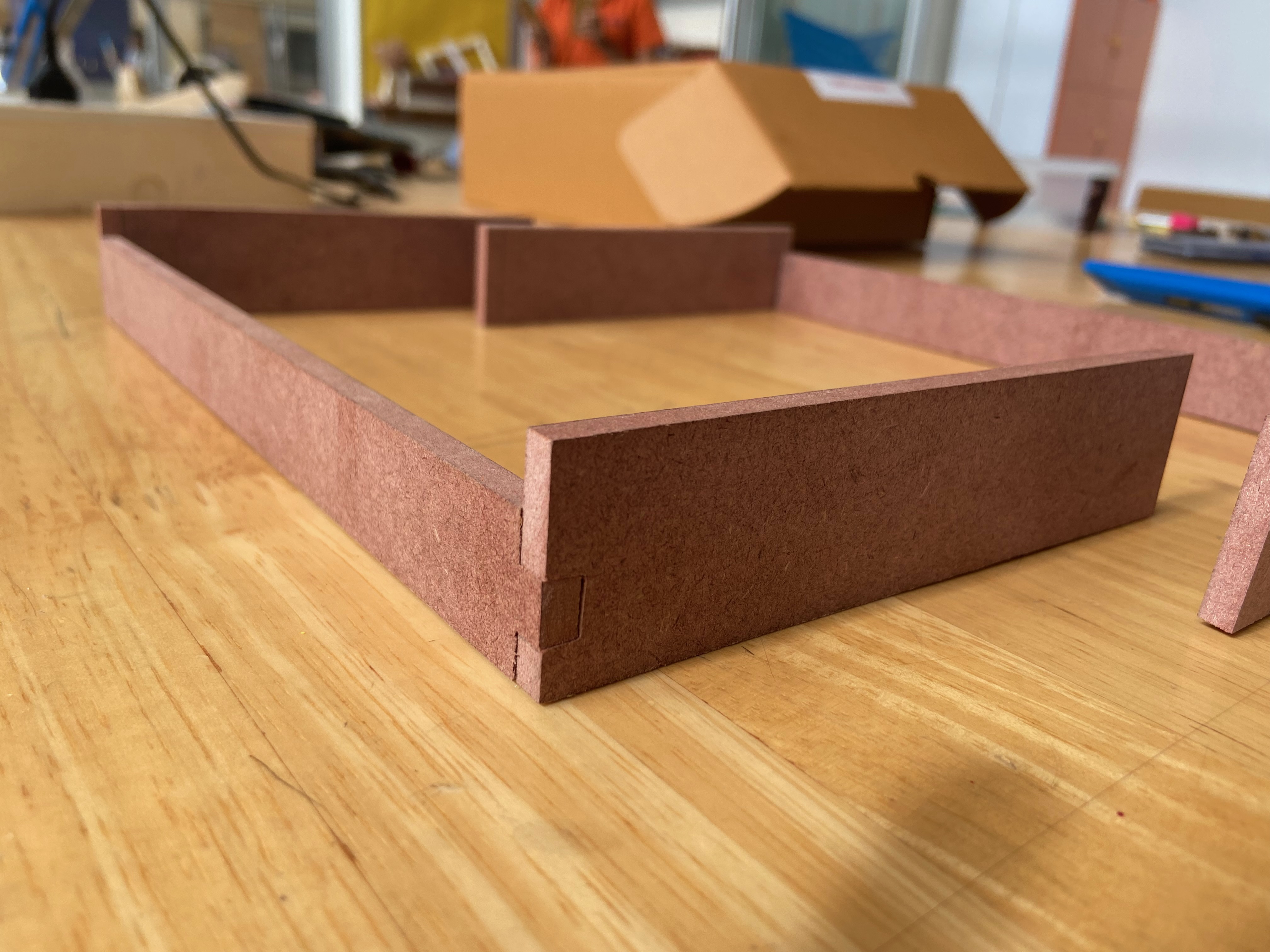
- Like dovetail joints at the corners
Counter-sinking the base
- For the hinges
Painting and varnishing the pieces
- A layer of white followed by a layer of dark brown
Adding the hinges
Assembling the base and sides
- With super glue and other fastening methods

- With super glue and other fastening methods
Making and adding finish to the base of the board

Making the chess pieces
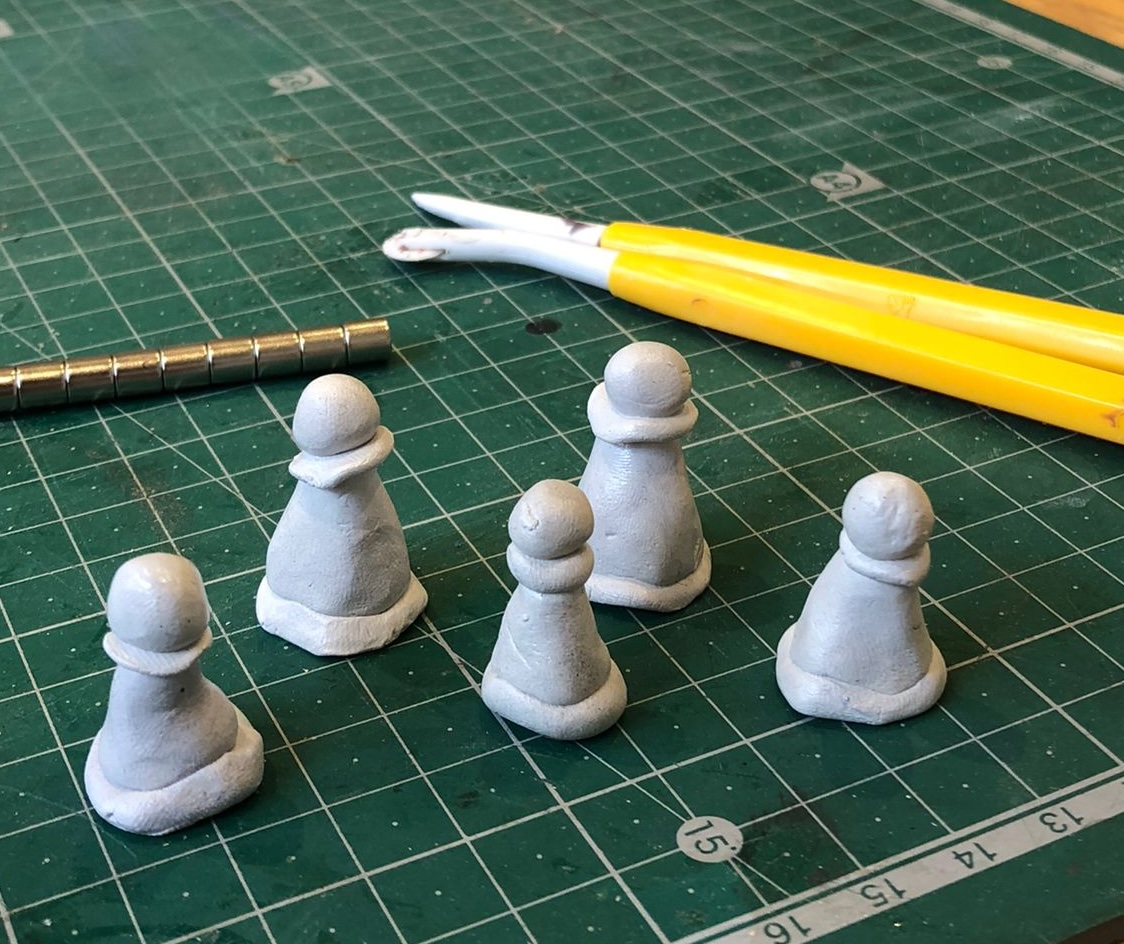
Painting and varnishing the chess pieces
The final product-

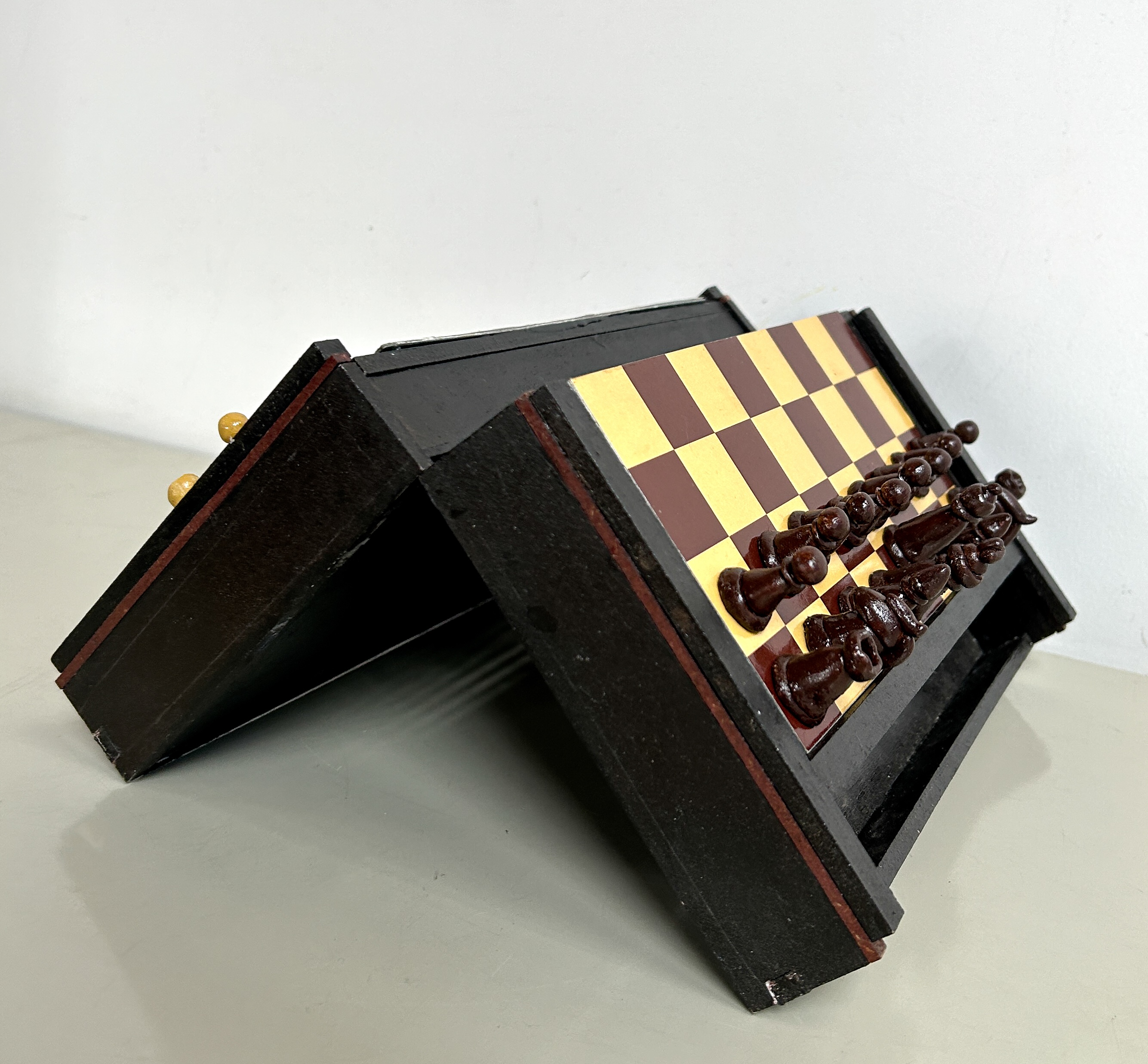
Finally, I tested and evaluated the product in its intended environment.
